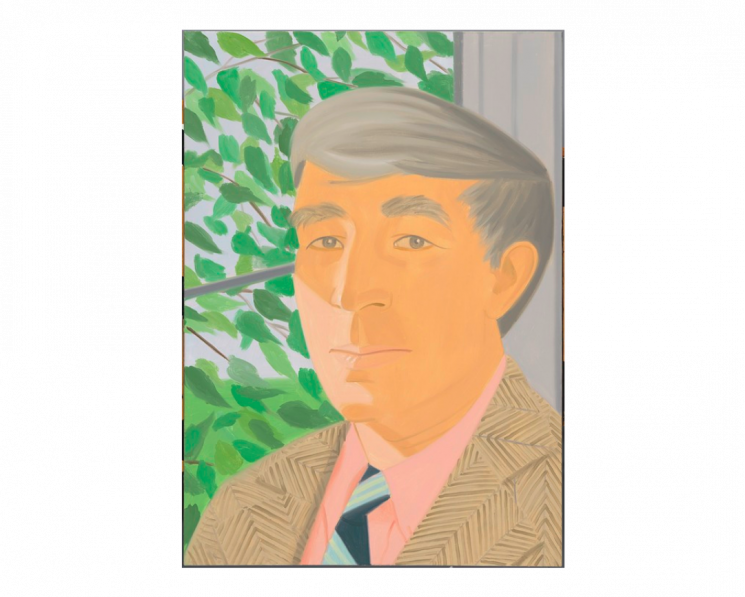John Hoyer Updike (1932-2009) fue un prolífico novelista y crítico literario norteamericano. Entre sus obras más famosas se encuentran “Las brujas de Eastwick” y sobre todo la tetralogía sobre “Harry Conejo Angstrom”. Parece ser que este poema, que nos ha recomendado y traducido Ángel Terrón para Krystala, lo compuso después de leer en 1967 un número de la revista Scientific American dedicado a los materiales. El poema apareció en su libro “Midpoint and other poems” y es sencillamente magistral, por la forma certera y poética que describe la materia sólida, por su métrica y por la belleza evocadora de conocimiento de algunos de sus versos. Se le concedieron dos Premios Pulitzer de ficción.
THE DANCE OS SOLIDS
John Updike
All things are Atoms: Earth and Water, Air
And Fire, all, Democritus foretold.
Swiss Paracelsus, in’s alchemic lair,
Saw Sulfur, Salt, and Mercury unfold
Amid Millennial hopes of faking Gold.
Lavoisier dethroned Phlogiston; hen
Molecular Analysis made bold
Forays into the gases: Hydrogen
Stood naked in the dazzled sight of Learned Men.
The Solid State, however, kept its grains
Of Microstructure coarsely veiled until
X-ray diffraction pierced the Crystal Planes
That roofed the giddy Dance, the taut Quadrille
Where Silicon and Carbon Atoms will
Like Valencies, four-figured, hand in hand
With common Ions and Rare Earths to fill
The lattices of Matter, Glass or Sand,
With tiny Excitations, quantitatively grand.
The Metals lustrous Monarchs of the Cave,
Are ductile and conductive and opaque
Because each Atom generously gave
Its own Electrons to a mutual Stake,
A Pool that acts as Bond. The Ions take
The stacking shapes of Spheres, and slip and
When pressed or dented; thusly Metals make
A better Paper Clip than a Window,
Are vulnerable to Shear, and heated, brightly glow.
Ceramic, muddy Queen of human Arts,
First served as simple Stone. Feldspar supplied
Crude Clay; and Rubies, Porcelain, and Quartz
Came each to light. Aluminum Oxide
Is typical ¬– a Metal is allied
With Oxygen ionically; no free
Electrons form a lubricating tide,
Hence, Empresslike, Ceramics tend to be
Resistant, porous, brittle, and refractory.
Prince Glass, Ceramic‘s son, though crystal-clear
Is no wise crystalline. The fond Voyeur
And Narcissist alike devoutly peer
Into Disorder, the Disorderer
Being Covalent Bondings that prefer
Prolonged Viscosity and spread loose nets
Photons slip through. The average Polymer
Enjoys a Glassy state, but cools, forgets
To slump, and clouds in closely patterned Minutes
The Polymers, those giant Molecules,
Like Starch and Polyoxymethylene,
Flesh out, as protein serfs and plastic fools,
The Kingdom with Life’s Stuff. Our time has seen
The synthesis of Polyisoprene
And many cross-linked Helixes unknown
To Robert Hooke; but each primordial Bean
Knew Cellulose by heart: Nature alone
Of Collagen and Apatite compounded Bone.
LA DANZA DE LOS SÓLIDOS
John Updike
Traducción de Ángel Terrón
resistente, porosa, frágil y refractaria.
desplomarse, y precipita en escasos Minutos.
Imagen: Obra de Alex Katz
National Portrait Gallery, Smithsonian Institution; cedido por Time magazine


 Público en General
Público en General